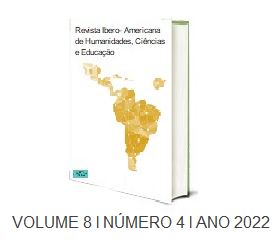THE EFFECTIVE OD THE MARIA DA PENHA LAW AND RESPONSABILITY OF THE STATE IN FIGHTING DOMESTIC VIOLENC
DOI:
https://doi.org/10.51891/rease.v8i4.5258Keywords:
States. Culture. Litigation. Woman. Violence.Abstract
A common context of a historical scenario, domestic violence is present in the list of crimes with a patent of social disapproval, gaining notorious strength from the State with severe penalties applied to the defendant in order to make the number of cases that occur every day more flexible, with due action of competent authorities who work tirelessly to combat these crimes that most of the time the law that aims to repel them sounds ineffective, bringing a certain unpleasantness to the society that abhors them, since the number of crimes involving domestic violence causes the opposite effect in terms of the objective of the referred law, flexibility. And in this vein, the present instrument will continue to address the root of these cases in the search for an understanding of the controversies generated by the effectiveness in the face of the rigid law outlined as a mechanism to combat these crimes and at the same time the attempt to search for state support in the prevalence of rights and fundamental guarantees as a way of reducing crime contextualized in the explained analysis that is of paramount importance in all aspects that encompasses from the factual narrative, tireless work of public agents and laws that protect the victim and especially the cultural interference of retrograde social thoughts.
Downloads
Downloads
Published
How to Cite
Issue
Section
Categories
License
Atribuição CC BY

